Cannabis Medicinal Use (Science|HMI)
Hot today:
Science, the world's top scientific journal, recently reported on the biological basis of cannabinoid medicine;
In the field of related disorders, HMI Group has also made a lot of progress and discoveries.
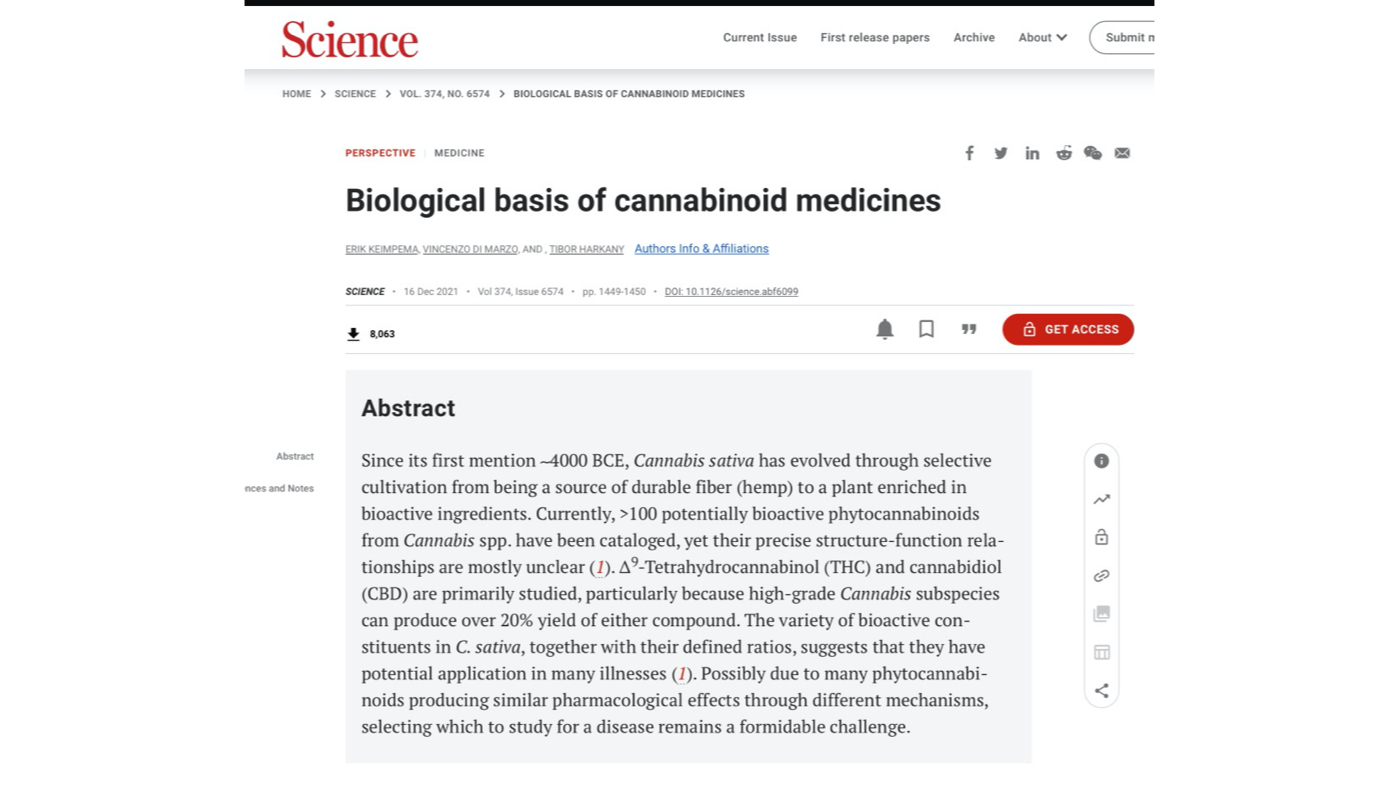
Science, the world's top scientific journal, reported the biological basis of cannabinoids' medicinal use;
In the history of cannabis industry, the application of cannabinoids in biopharmaceuticals has always been the most important research field for scientists. Generations of scientists have devoted themselves to research and are trying to find a breakthrough in cannabinoids' medicinal use. Recently, Erik Keimpema, professor of molecular neuroscience at the Brain Research Center of Vienna Medical University, Austria, Vincenzo Di Marzo, a professor at Institute of Biomolecular Chemistry of the Italian National Academy of Sciences, and Tibor Harkany, a professor at the Department of Neuroscience of Vienna Medical University in Austria/karolinska institutet in Sohrner, Sweden, recently published a paper in the world's top scientific journal Science (16 Dec 2021 Vol 374, Issue 6574) published the paper "Biological Basis of Cannabinoid Medicine", which reported in detail the biological basis, action mechanism and conduction pathway of cannabinoids in the neurological field, especially in intractable epilepsy and Parkinson's disease, and expounded the medicinal value of cannabinoids again.
Important background knowledge map:
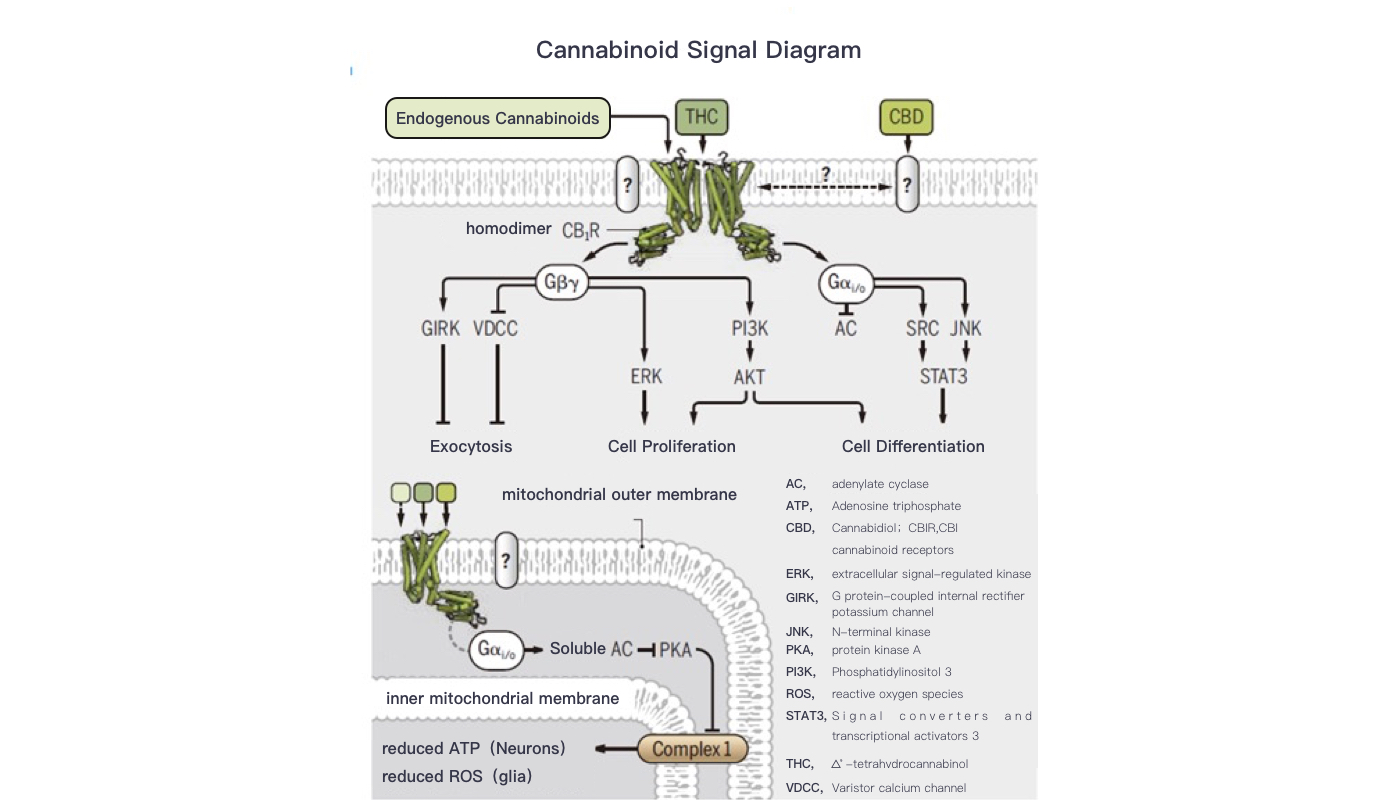
Endocannabinoids control exocytosis, proliferation, differentiation and respiration through G protein coupled receptor signals. In Disorders, phytocannabinoids (simply shown as THC and CBD) can affect CB1R signal, but its mechanism has not been fully clarified. Many signaling principles are also applicable to CB2R, such as regulating the release of cytokines.
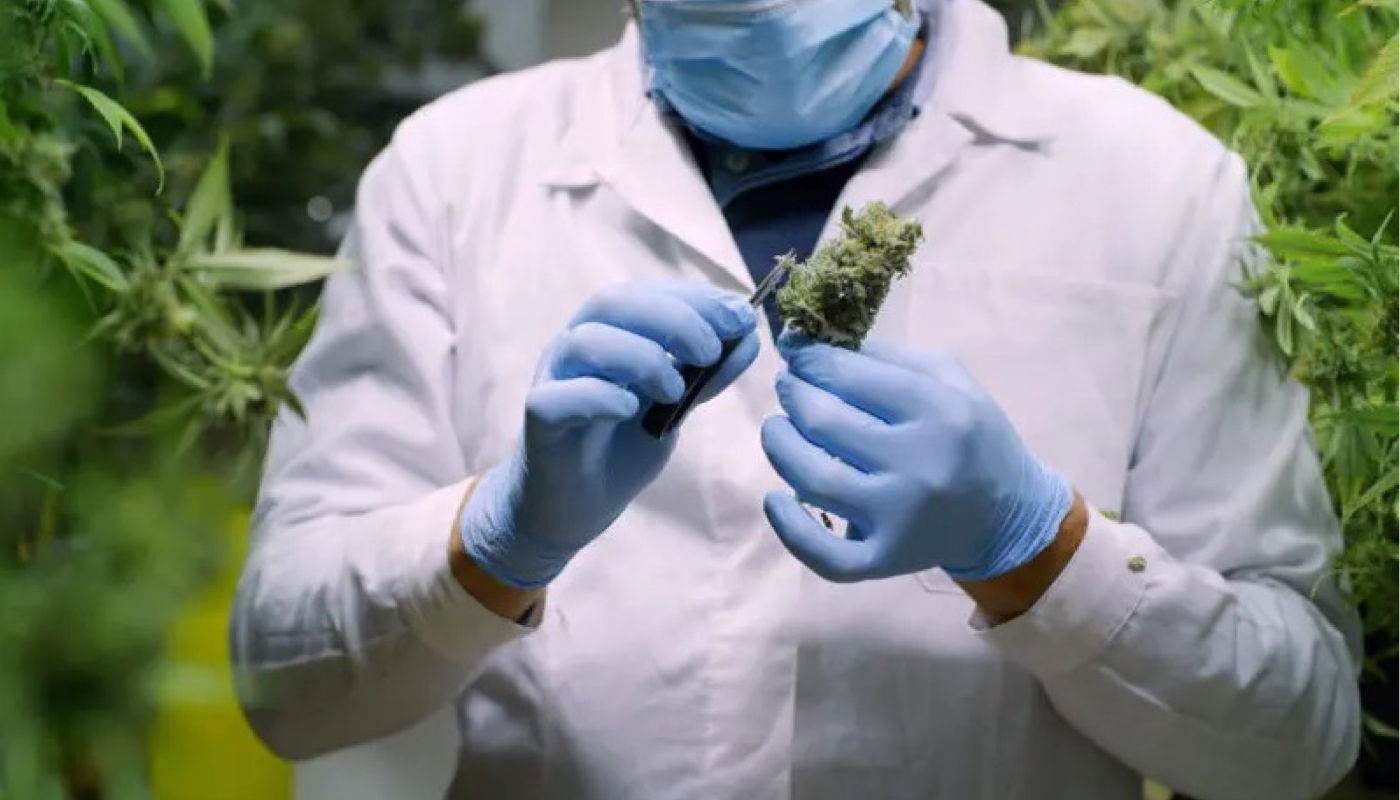
1. Important conclusions?
“Thus, the expanding repertoire of drugs targeting the endocannabinoid system and the endocannabinoidome is of broad therapeutic appeal.”
The ever-expanding drug pool targeting the endocannabinoid system and endocannabinoid system has a wide therapeutic appeal.
“Nonetheless, the expanding knowledge of the endocannabinoid system is lifting phytocan- nabinoids from fringe utilization to potentially safe and effective medicines in adults. ”
The recognition of endocannabinoid system is constantly expanding, and plant cannabinoids are being promoted from marginal application to potential safe and effective adult drugs.

2. The role of CBD in anti-inflammatory and tissue protection
Scientists mentioned that although most of the international research focused on THC because of its psychostimulant effect, CBD is another abundant non-psychoactive cannabis component (accounting for 40-50% of the total plant cannabinoids). CBD is considered to have anti-inflammatory and tissue protection effects. This is because the effect of CBD is thought to be mediated by multiple receptors, including transient receptor potential cation channel V1(TRPV1), GPCR55(GPR55) and peroxisome proliferator-activated receptor -γ(PPARγ).
In addition, CBD can enhance the defense ability of antioxidant cells by scavenging hydroxyl free radicals, and can inhibit the action of THC in cells through CB1Rs on mitochondrial membrane []. In fact, CBD resists oxidative phosphorylation induced by THC at the level of complex I, thus protecting cells from the harmful consequences of THC-induced cell respiration reduction. It is worth noting that these potential cellular and molecular action sites are not limited to the brain, but also applicable to pancreas, muscle, liver and intestine, which indicates that cannabinoids may have applications in different environments.
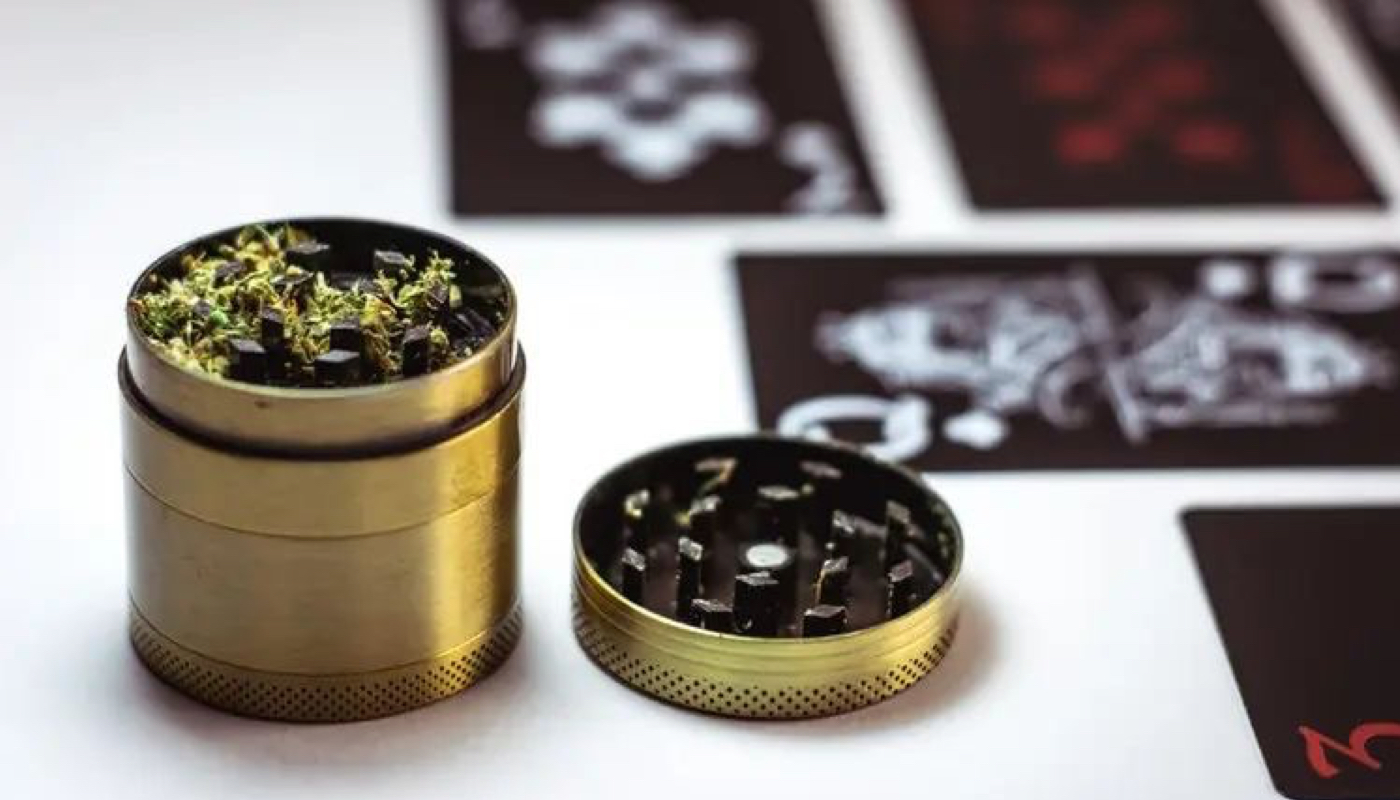
3. Cannabinoids are prominent in the field of clinical treatment.
The scientists in this report jointly stated that cannabinoids are fields worth exploring in the treatment of intractable epilepsy, aging, neurological disorders (Alzheimer's disease, Parkinson's disease and Huntington's disease) and neuropathic pain.
First of all, a prominent clinical field being explored by the international pharmaceutical sector is the treatment of intractable epilepsy. Phytocannabinoids, which trigger CB1R-mediated signals on glutamate synapses, inhibit the neuronal hyperexcitability in epileptic foci of rodents and humans. Repeated seizures can cause neurodegeneration, such as hippocampus. Saving neurons from oxidative damage and mitochondrial dysfunction by CBD and other methods may, to a certain extent, support the significant reduction of seizure frequency seen in clinical trials.
Cannabinoids can also be used for Disorders related to aging. This is largely because aging tissues contain more immune cells, which can remove cell debris or extracellular (protein) deposits. C-induced activation of CB2Rs during aging may alleviate neurological disorders (Alzheimer's disease, Parkinson's disease and Huntington's disease) by limiting the release of inflammatory cytokines from activated microglia, which may be harmful to neurons.
Cannabinoid therapy may also be suitable for the treatment of neuropathic pain caused by injury or Disorder of somatosensory nervous system, because inhibiting excitatory neurotransmission at the level of spinal nerve circuit can reduce the hyperalgesia of rodents. Another drug target appears in inflammatory pain, which is due to skin peripheral sensitization, where the accumulation of anandamide promotes pain treatment and pro-inflammatory signal transmission on primary sensory afferent (Aδ and C fibers) through TRPV1. Activation of TRPV1 increases the transcription of nerve growth factor receptors [tropomyosin receptor kinase A (TrkA) and p75], and their activation enhances pathological touch sensitivity. Therefore, inactivating TRPV1 by continuous activation and desensitization, as some phytocannabinoids do, may be related to medicine.

HMI Group: In the field of related Disorders, HMI Group has also made a lot of progress and discoveries.
In the research of cannabinoids in the treatment of Alzheimer's disease (AD), aiming at acetylcholinesterase, the key therapeutic target of AD, we used zebrafish model to observe the inhibitory effect of cannabinoids on acetylcholinesterase activity. The results show that cannabinoids can significantly inhibit the activity of acetylcholinesterase, so we think that cannabinoids have potential value in the treatment of AD.
At the same time, in the research of treating Parkinson's disease (PD) with cannabinoids, PC12 nerve cells commonly used in the in vitro research of Parkinson's disease were treated with MPTP with neurotoxicity, and the protective effect of cannabinoids on injured cells was investigated. The results showed that cannabinoids could obviously protect cells from MPTP's injury, which suggested that cannabinoids might become an innovative drug for treating PD.
Previously, the patent of "application of cannabidiol in the preparation of drugs for the treatment of pulmonary hypertension" applied by Deyi Pharmaceutical, a joint venture company established by HYBT, a subsidiary of HMI Group, and Dezhan Health (000813) officially entered the authorization stage in China. Moreover, this patent has been officially authorized in Japan ("The biopharmaceutical patents of HMI Group have been authorized one after another, with continuous benefits"). This patent can fully volatilize and play a positive role in the treatment of pulmonary hypertension through cannabidiol CBD, providing a treatment means and opportunity for patients with pulmonary hypertension, and laying a solid foundation for the preparation of cannabidiol CBD for the treatment of pulmonary hypertension promoted by Deyi Pharmaceutical. In addition, the domestic invention of cannabidiol CBD anti-influenza virus patent of HMI Group has also been authorized.
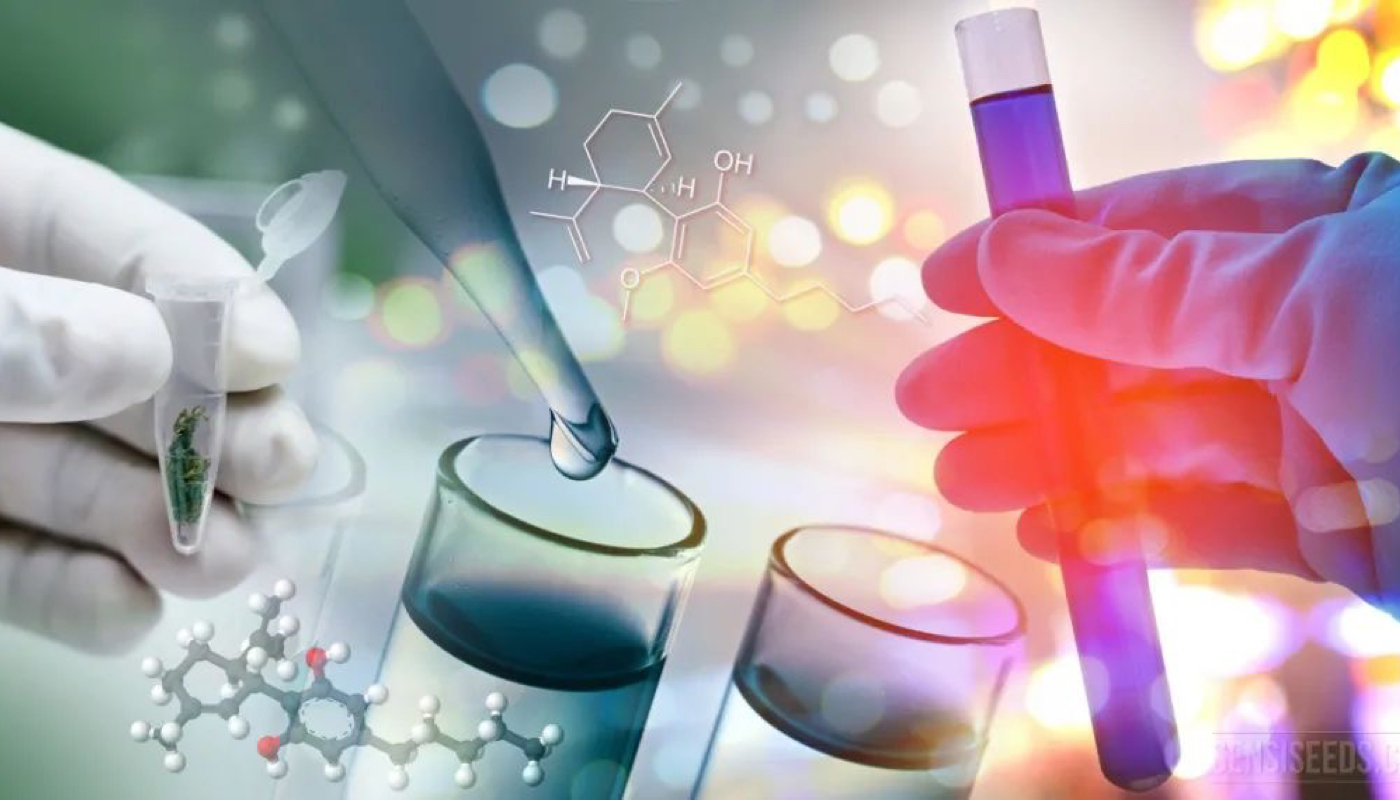
In conclusion
Cannabinoids are very worthy of exploration in the treatment of intractable epilepsy, aging, neurological disorders (Alzheimer's disease, Parkinson's disease and Huntington's disease), neuropathic pain, etc. Scientists of Science have once again strongly confirmed this view.
HMI Group has been working hard in the field of research and development of medicinal value of active substances in industrial cannabis, with in-depth exploration, continuous excavation and continuous innovation. It has found a variety of positive effects of cannabinoids in the neurological field and in the exploration experiments of various indications including refractory diseases and rare diseases. It strives to tap the positive ecological effects that cannabidiol CBD and other cannabinoids can play in the cause of human health, adheres to the historical mission of industrial cannabis industry, broadens its horizons for global health, and undertakes future opportunities and challenges.
In 2022, HMI Group looks forward to moving forward bravely with you!
- [knowledge]The Latest Confirmation of Cannabis Medicinal Use (Science|HMI)
- [knowledge]Cannabis Capital Market is on Fire
- [knowledge]The Relationship Between Cannabis and COVID-19
- [knowledge]The Latest Historic Progress of Cannabis Industry in the United States
- [knowledge]The Legal Cannabis Industry is Working Wonders in the American Job Market.
- [knowledge]Six More States in the United States are About to Launch the "Green Gold Rush" of Cannabis in 2022.

